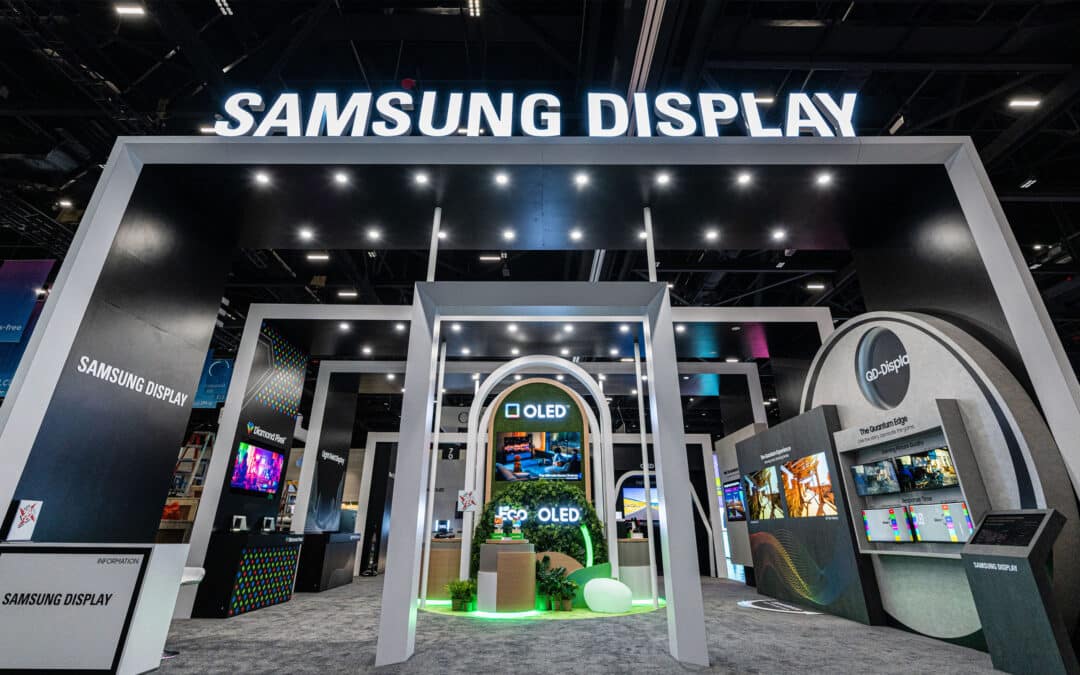Samsung is exploring cutting-edge battery technologies for its future smartphones. The company is actively working on adapting electric vehicle (EV) battery technology for mobile devices. In parallel, it is aiming to replace the traditional lithium-ion batteries with silicon-carbon batteries. This advanced technology could debut with the Galaxy S26 series, promising significant improvements in capacity and durability.
The Galaxy S26 series could feature silicon-carbon batteries
Most modern smartphones, including Samsung Galaxy devices, use lithium-ion (Li-ion) batteries. These batteries feature a graphite anode. Silicon-carbon batteries replace graphite with silicon-carbon materials. These are more sustainable and safer than traditional batteries due to the reduced risk of overheating. Less heat generation means longer battery lifespan, faster charging, and better thermal management.
Silicon-carbon batteries also have a higher energy density, allowing for higher capacity in the same size. However, this is a relatively new technology, so reliability is still a concern. Moreover, in its current state, manufacturing silicon-carbon batteries is more expensive than traditional Li-ion batteries.
In February 2023, Honor launched the Chinese version of the Magic 5 Pro flagship with a silicon-carbon battery, offering a bigger battery than the international variant. The company likely avoided using the new material globally due to reliability concerns. It appears Samsung is now confident in its advancements and is preparing to launch Galaxy S26 phones with silicon-carbon batteries next year.
The information comes courtesy of reliable Samsung leaker Ice Universe. The tipster didn’t reveal more, so it’s unclear if the company has finalized the plans or if these are preliminary discussions. More information should be available in the coming months. The Galaxy S26 series is still a year away — the Galaxy S25 launches on January 22.
Meanwhile, Samsung is also said to be preparing a pilot production of stacked-type batteries for smartphones. This technology is used in EV batteries and allows for up to 10% increase in capacity without increasing the size. Depending on the outcome of the pilot run, Samsung will decide on investment in mass production at the end of this year.






